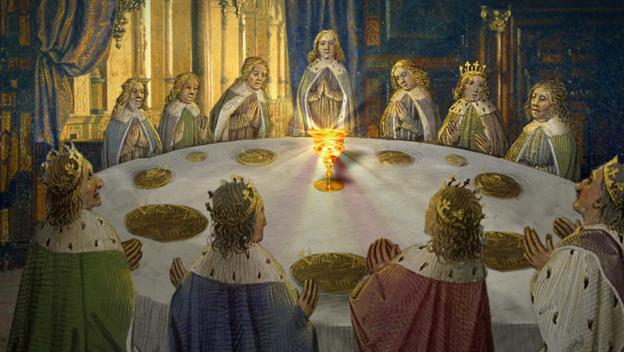A wall inscription found in the Christian Quarter of Jerusalem. During the First Crusade in 1099, Christian armies had captured Jerusalem from Muslim control. After this, it became dangerous for Christian groups to pilgrimage to the Holy Land, having to cross through Muslim-controlled territories. Around 1118, a French knight named Hugues de Payens, created a military order along with a small group of friends and family, forming the start of the Knights Templar. (Nicholas Tinelli/Alamy Stock Photo)
Inside the Mysterious Sites Where the Knights Templar Gathered in Secret
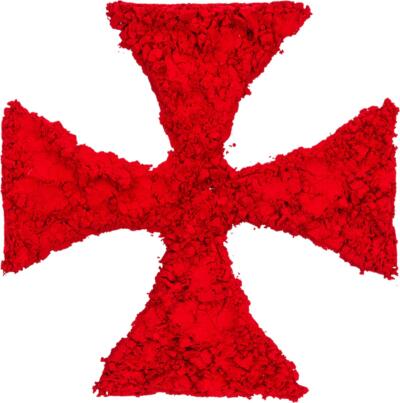
Known for their austere code of conduct and signature style of dress, the Knights Templar was a large organization of devout Christians throughout Western Europe. Their mission? To protect European travelers visiting the Holy Land. As the organization flourished, it turned into a wealthy and powerful military order. Some believe the mysterious Templars went underground and still exist today.
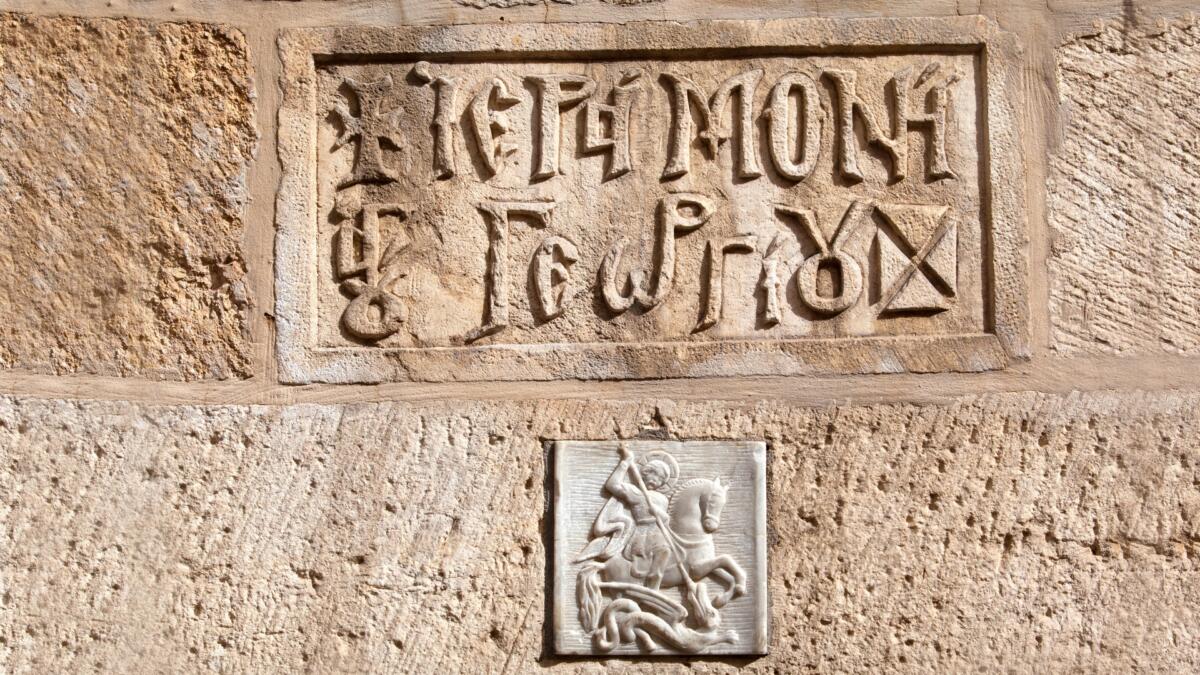
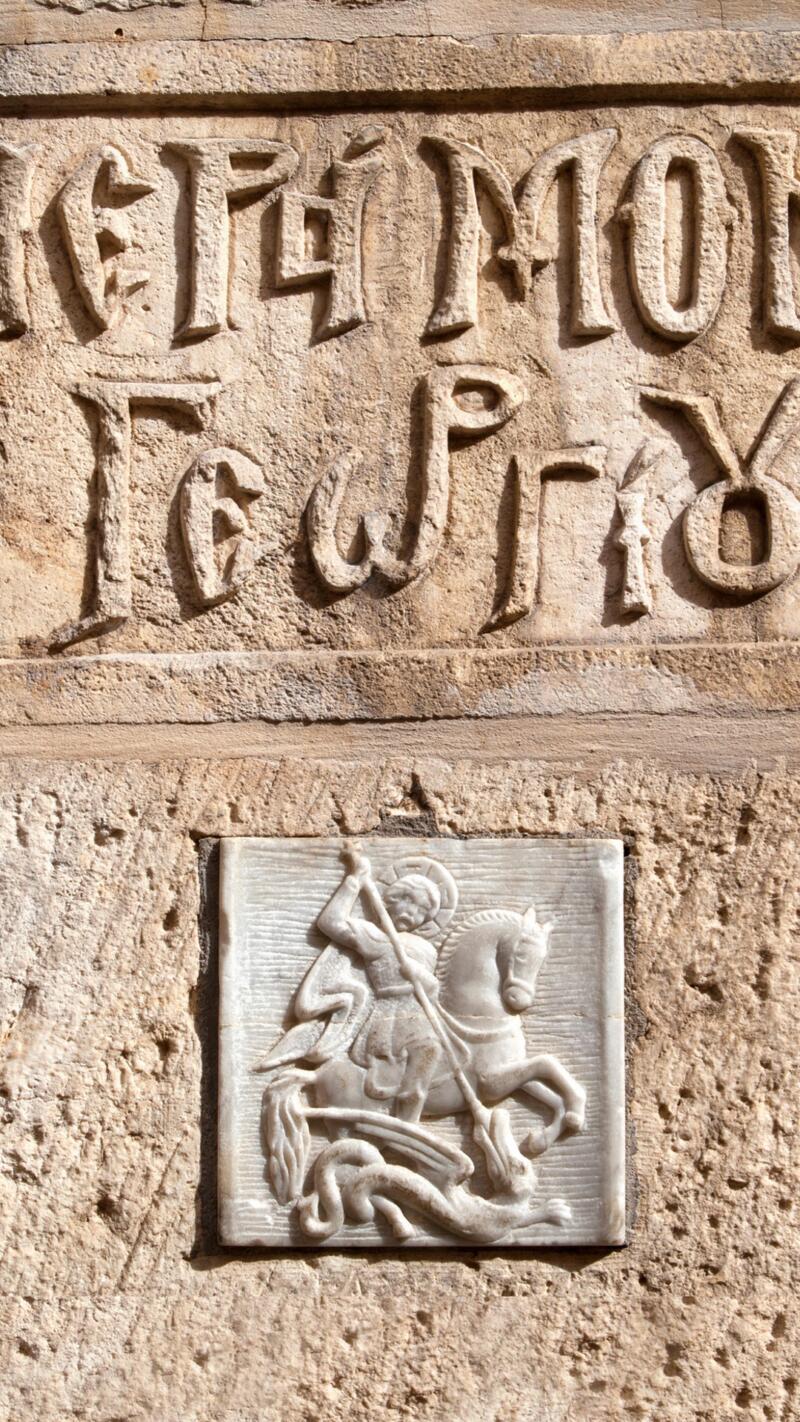
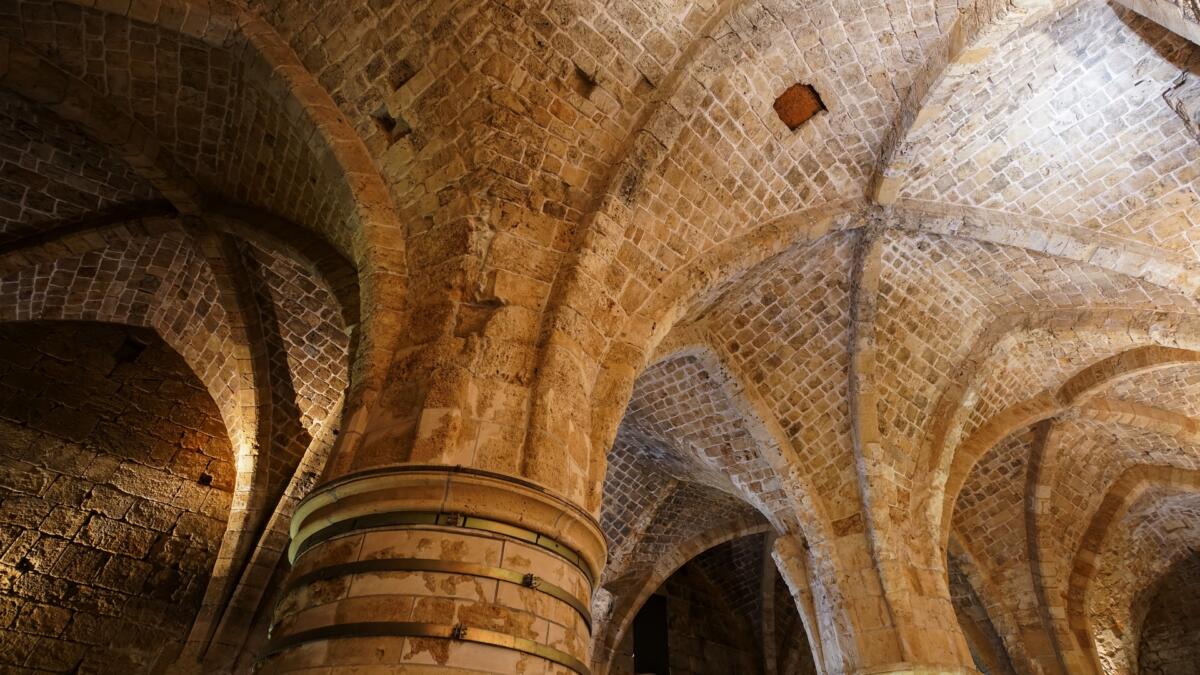

Under the city of Akko (or Acre) in Israel, Crusaders constructed an underground fortress that spans over 3 square miles. During the 12th and 13th centuries, these knights built miles of tunnels and endless meeting rooms that are still being uncovered by archeologists. (Hale's Image/Getty Images)
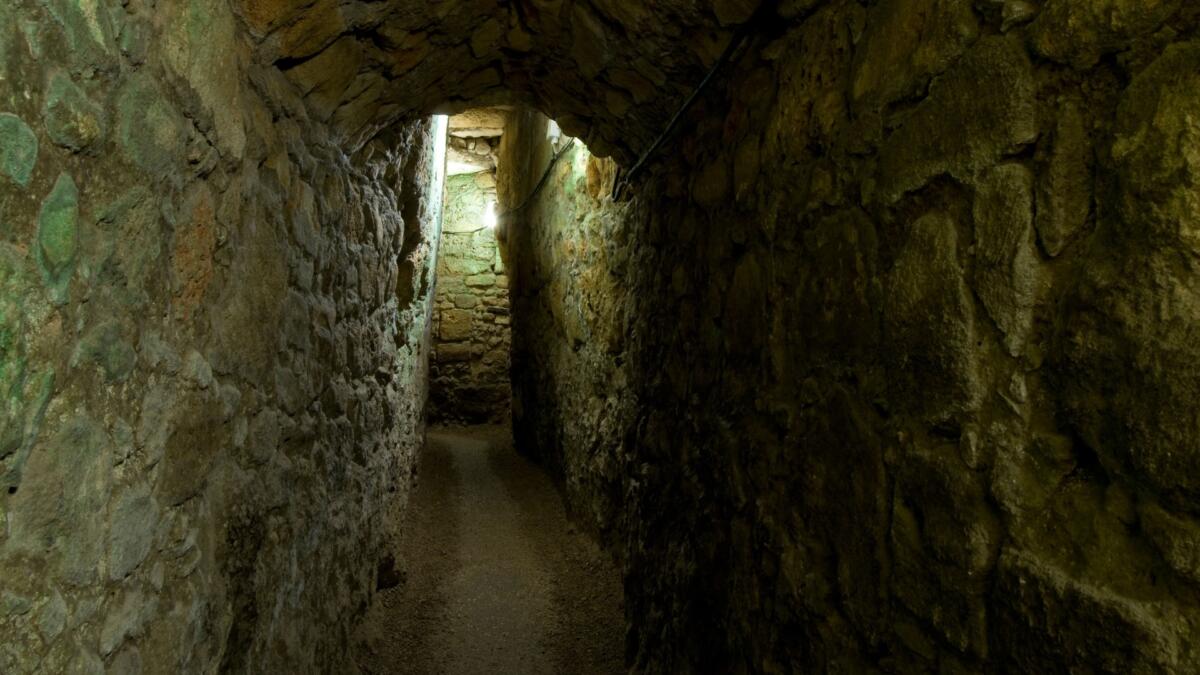
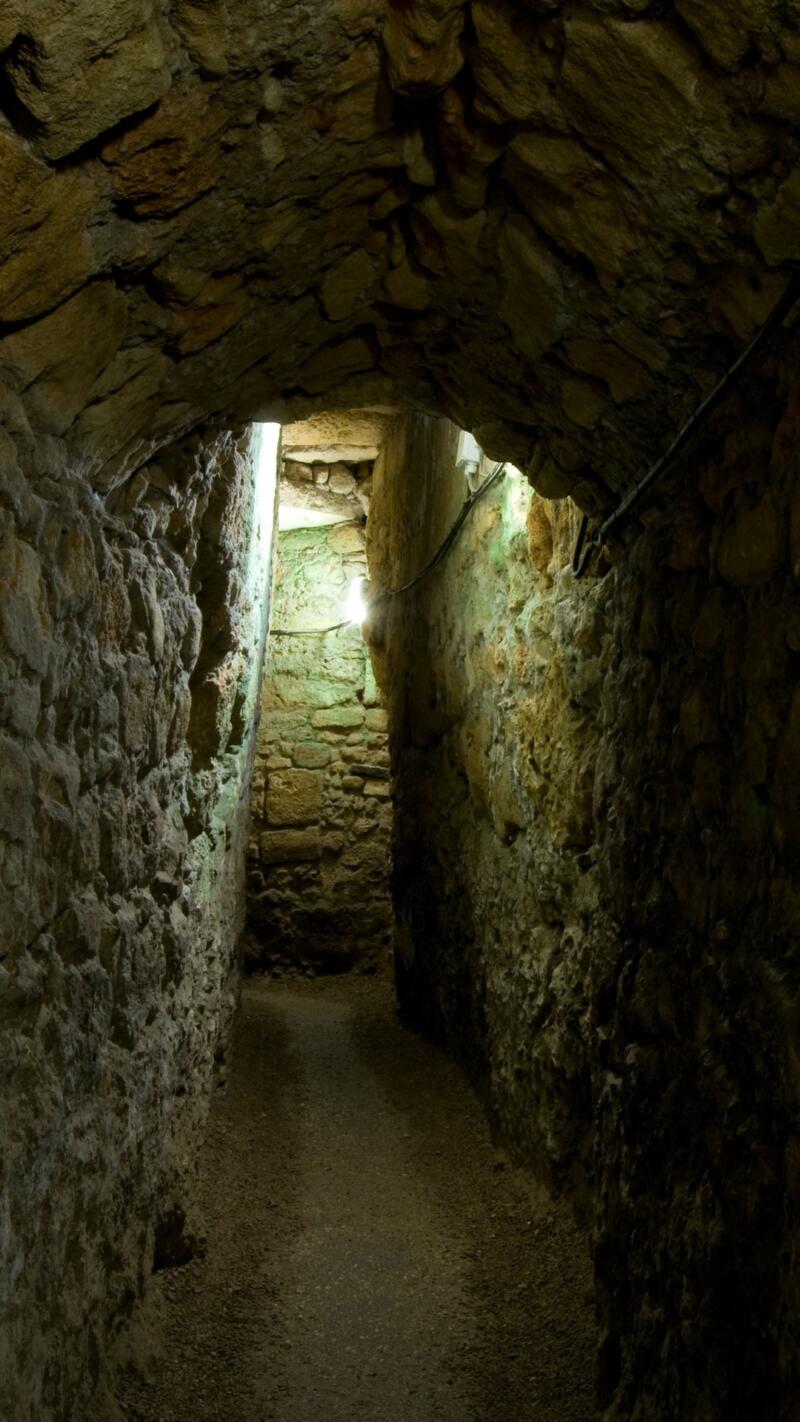
A supply and escape tunnel under the city of Akko. After flourishing under the Crusaders for about 200 years, the Ottoman rule soon took over, and they built their new city over the fortress. The underground caverns were filled with rubble, but once the sites were excavated the structures were discovered and amazingly remained intact. (Dan Rosen/Alamy Stock Photo)
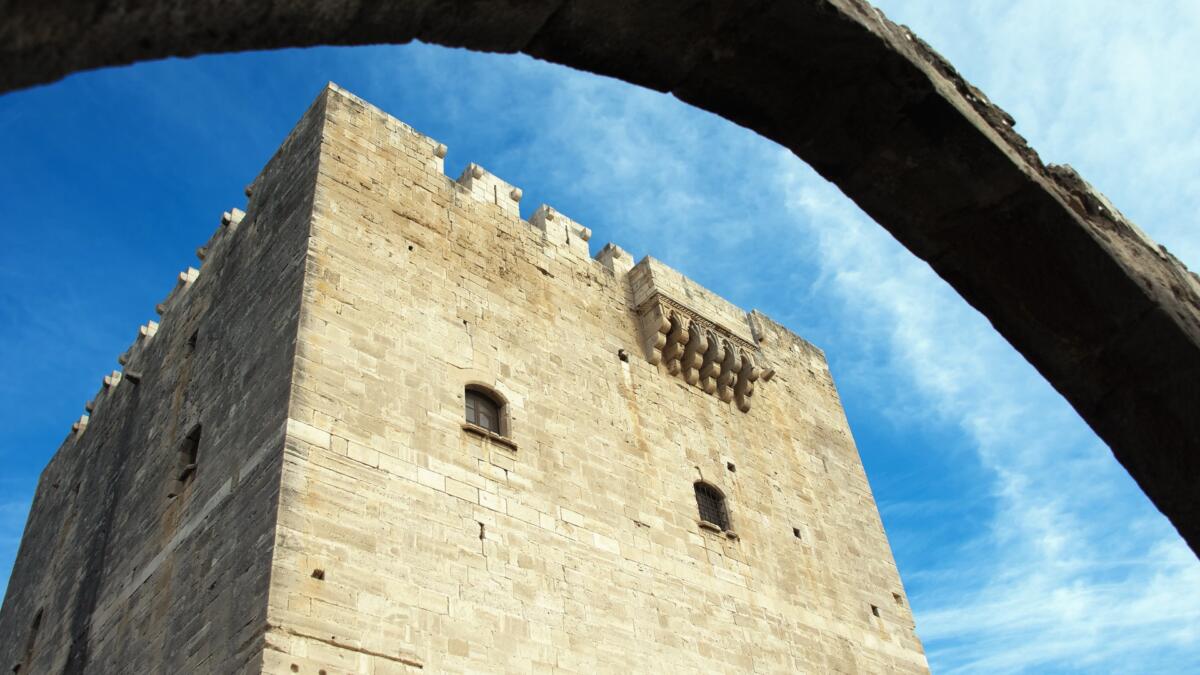
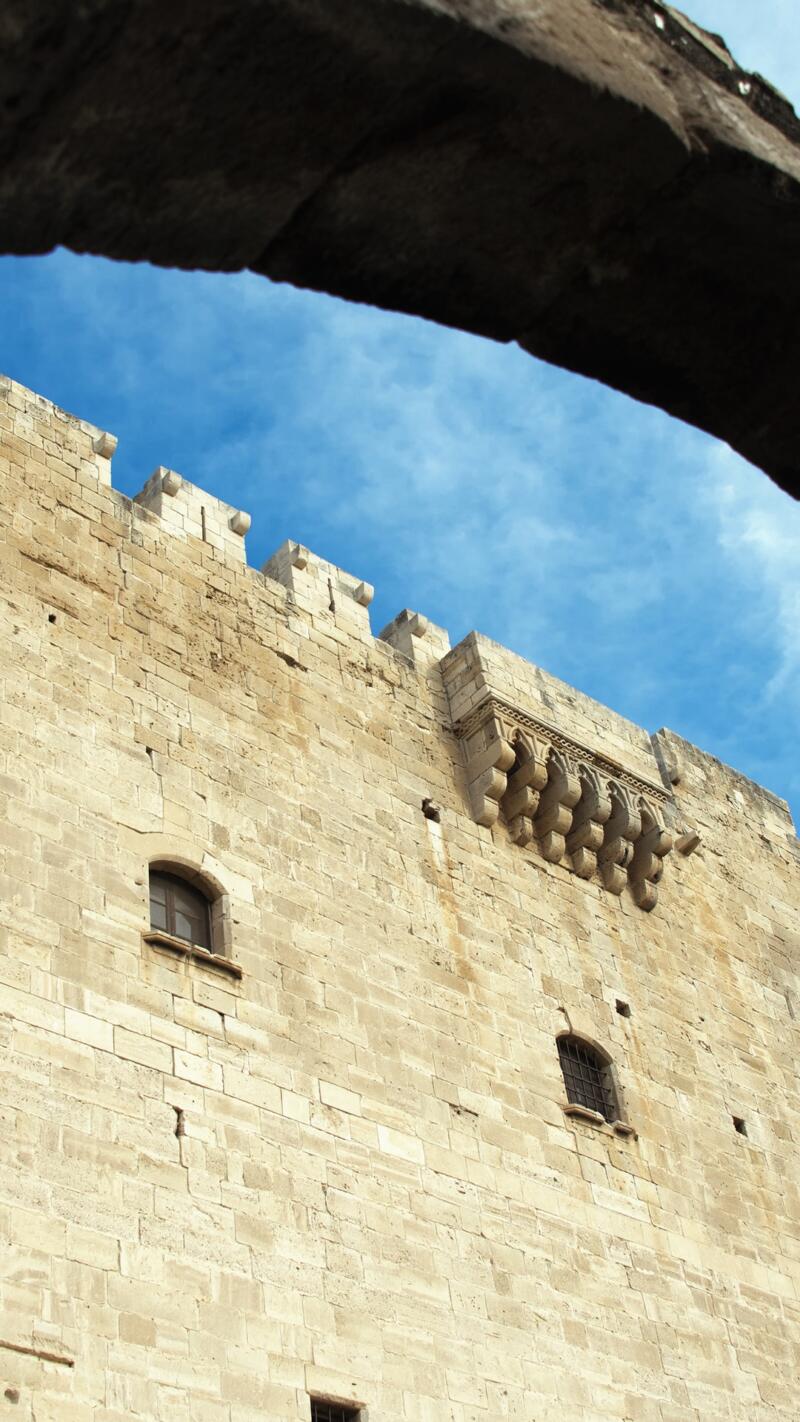
Kolossi Castle, a former Crusader stronghold in Cyprus. During the 13th century, the castle served as the Grand Commandery of the Knights Templar. (Biris Paul Silviu/Getty Images)
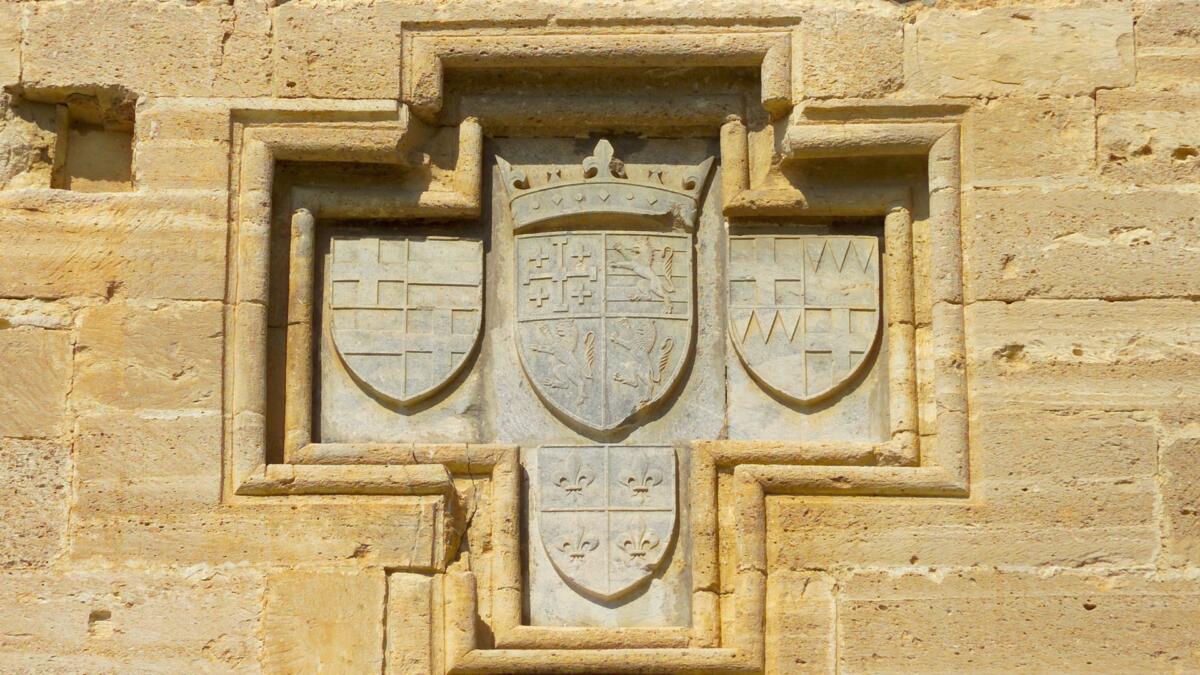
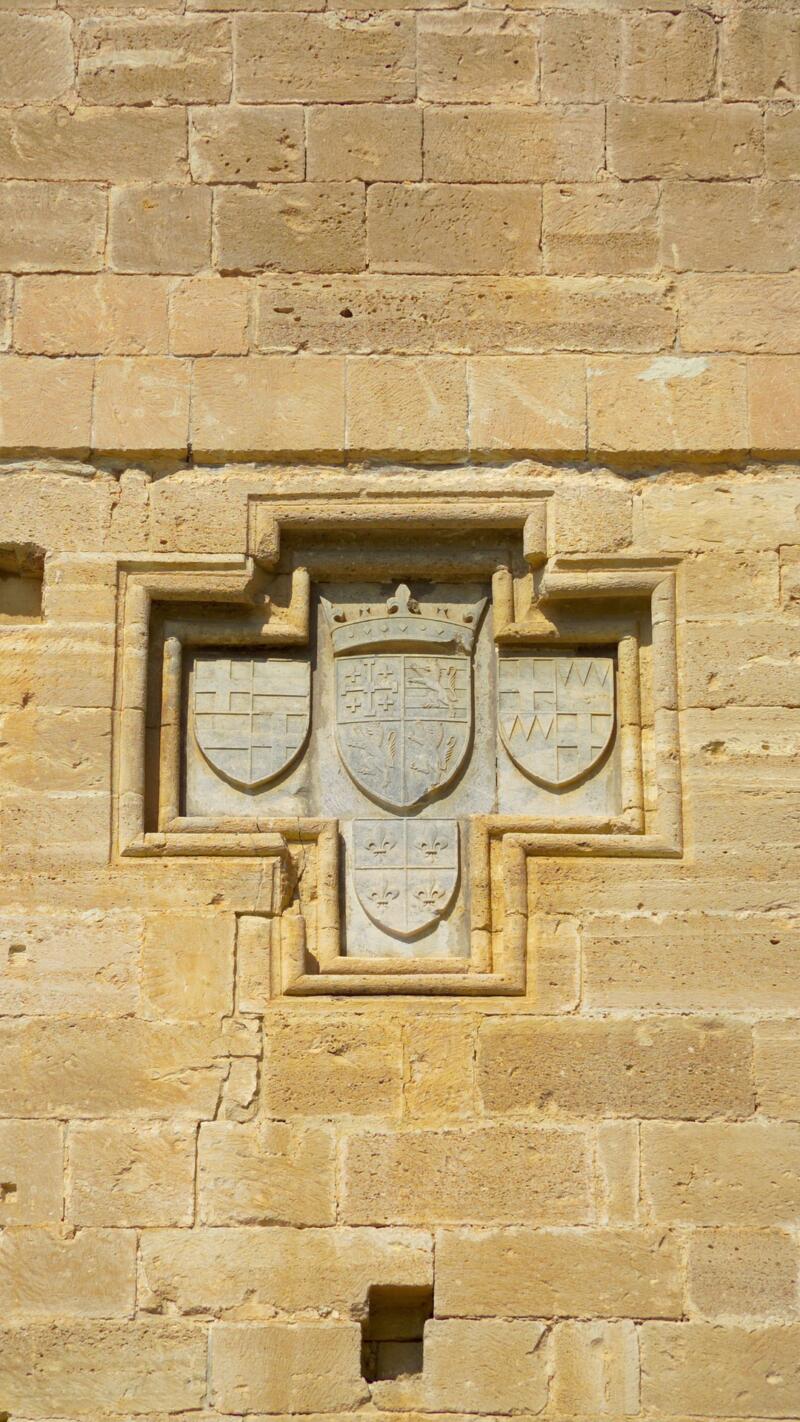
In the Koloddi Castle there is lots of architectural detail relating to the Knights Templar. On the eastern wall of the castle, you can see the coat of arms of Lusignan. Guy of Lusignan was the king of the crusaders of Jerusalem; later he was named Lord of Cyprus. (Alan Copson/Getty Images)

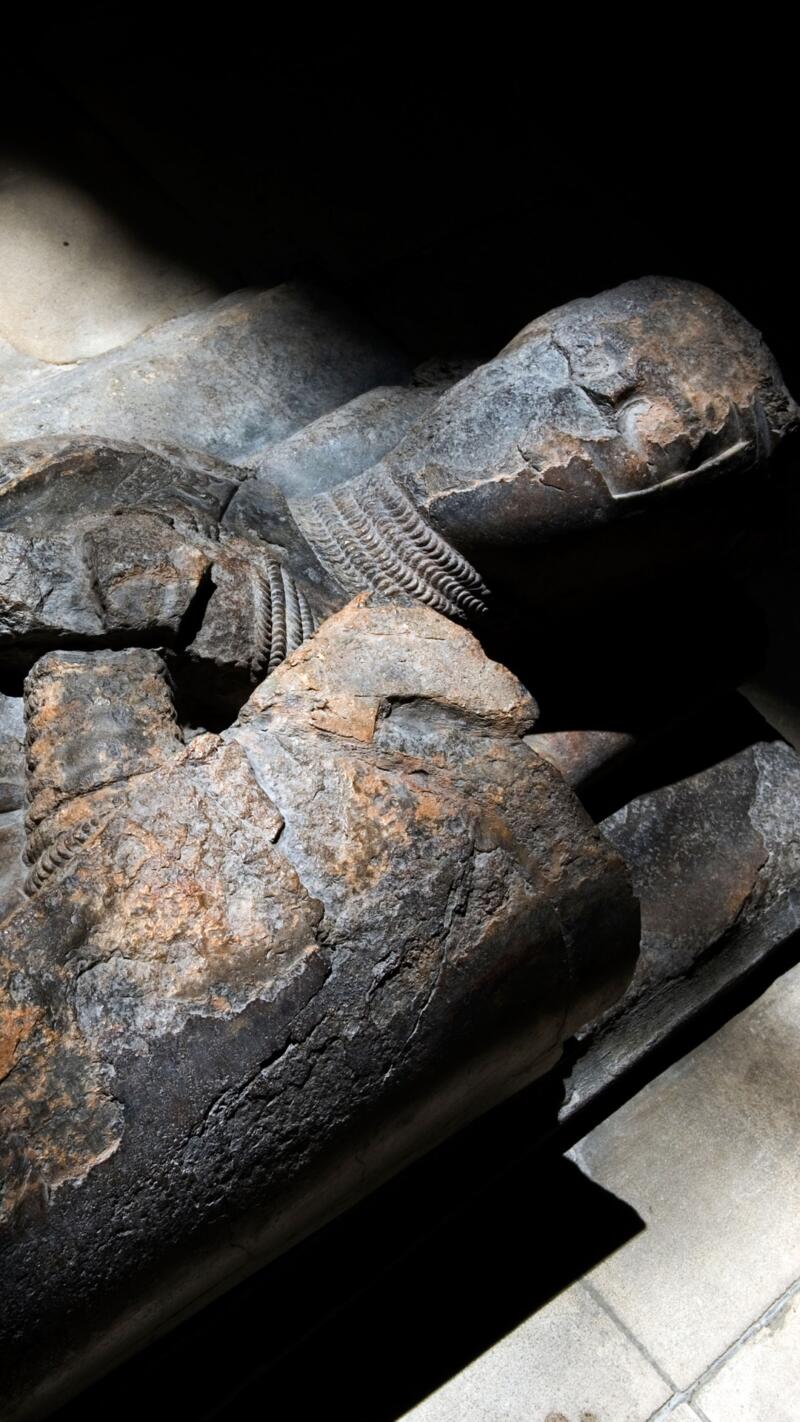
The Temple Church of London was built in the 12th century by the Templars. In a section known as the Round Church, lay effigies on the floor of knights posed for battle. There are nine stone knights and one symbol of a sword and shield inset on the floor of the church. (BH Generic Stock Images/Alamy Stock Photo)
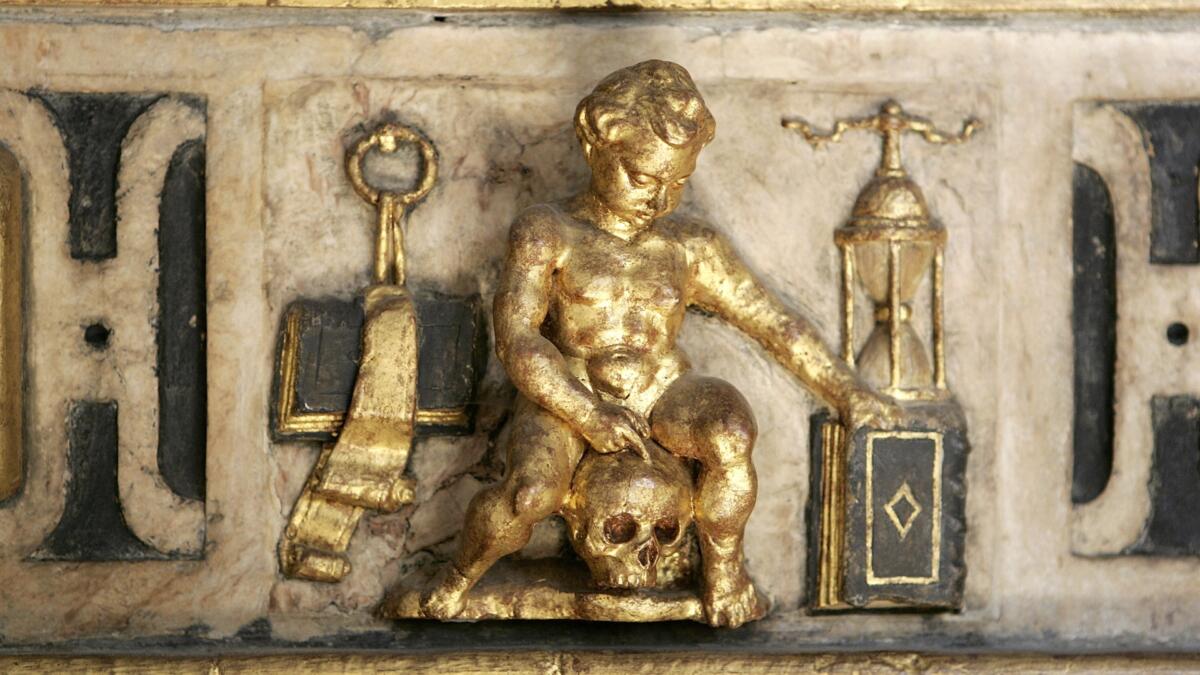
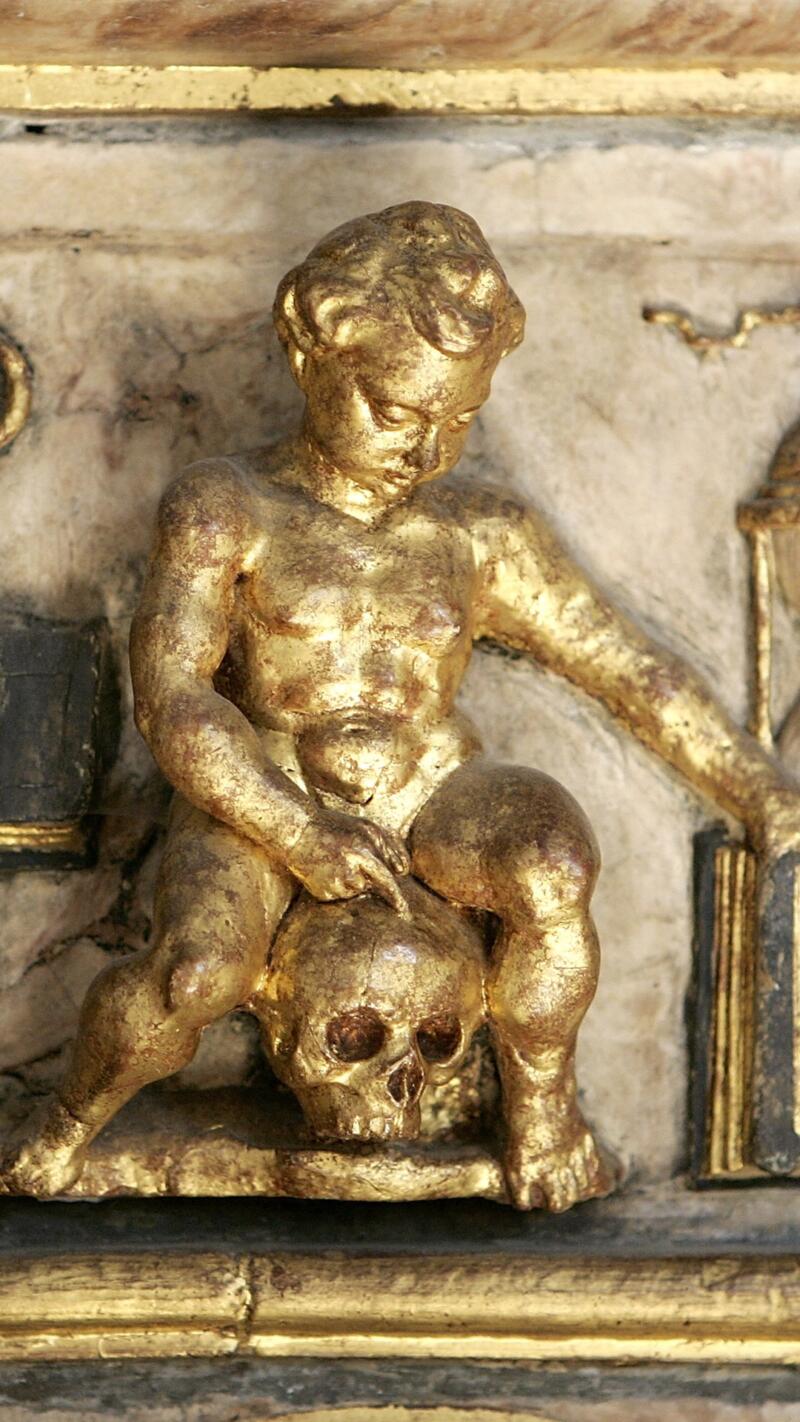
Views of the details of the interior of Temple Church. This Knights landmark was their London headquarters, filled with lots of intricate details including skull symbolism, known for having masonic roots. (MJ Kim/Getty Images)
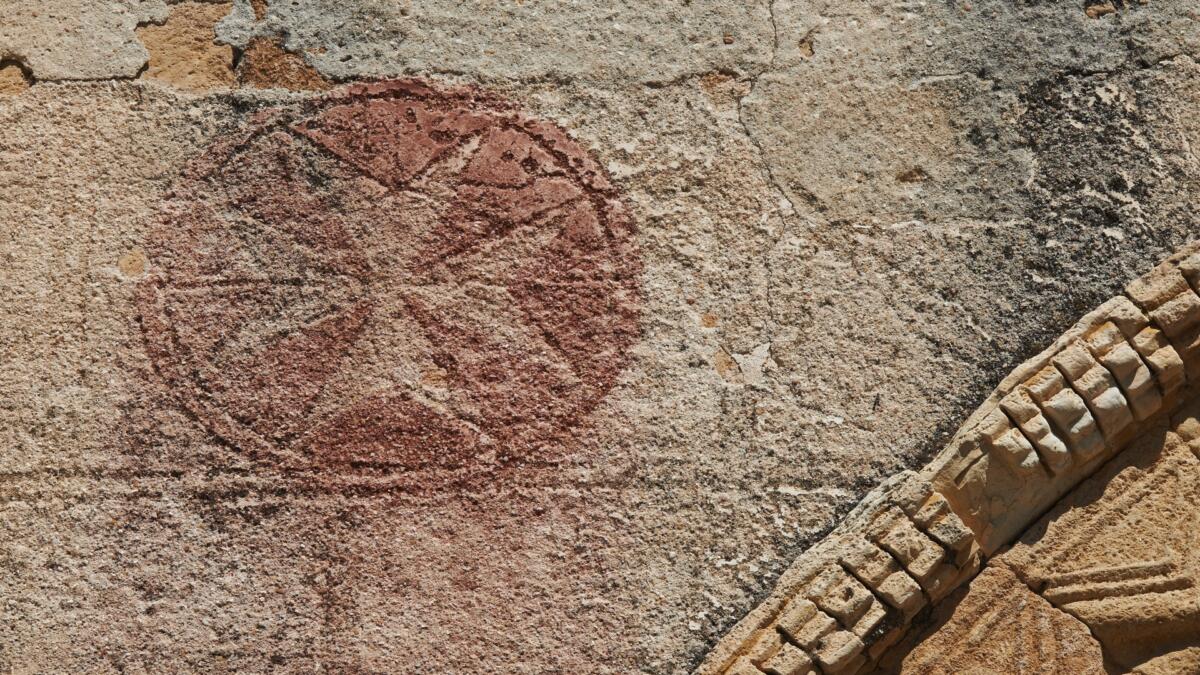
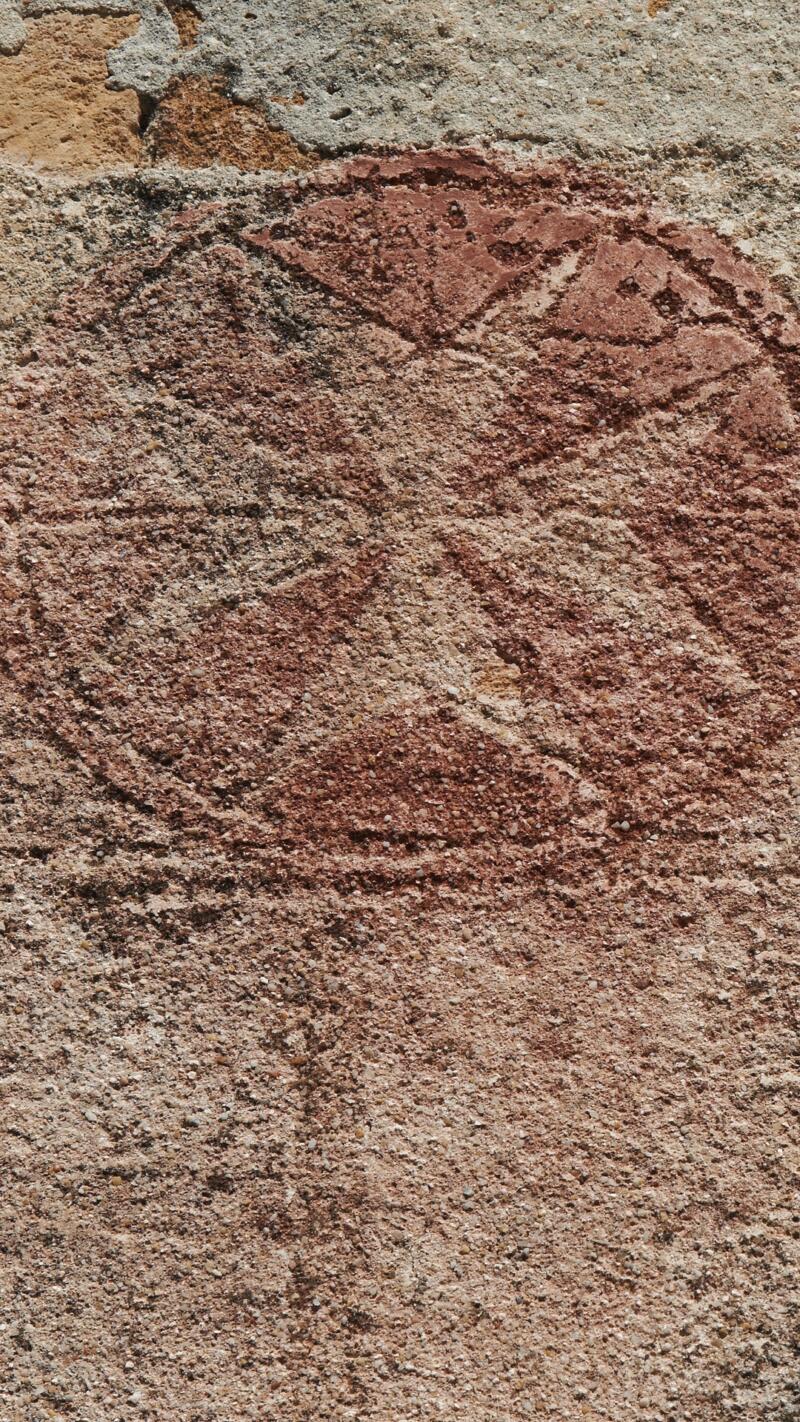
The Templar Church of the Vera Cruz, or the True Cross, was consecrated in 1208 in Segovia, Spain. (Education Images/UIG via Getty Images)
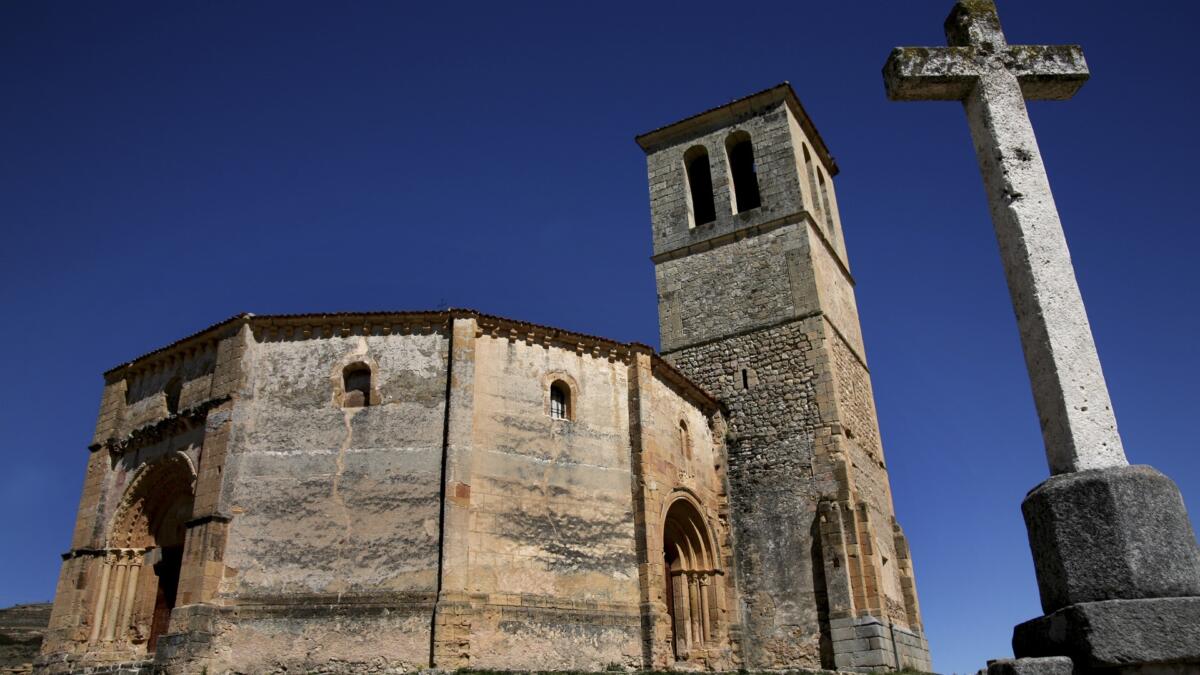
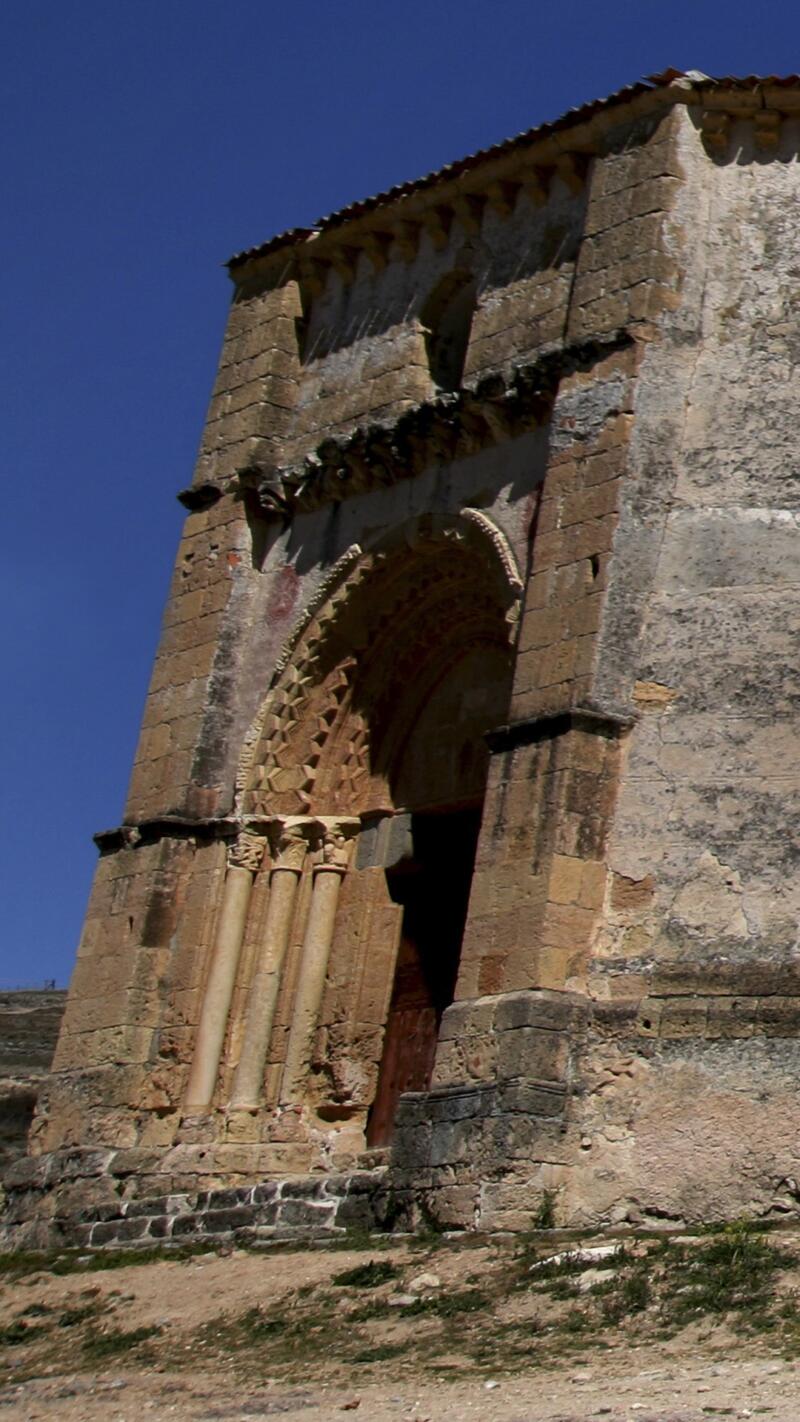
This unique 12-sided structure was built not so much to serve as a church, but primarily a shrine. (Eye Ubiquitous/UIG via Getty Images)
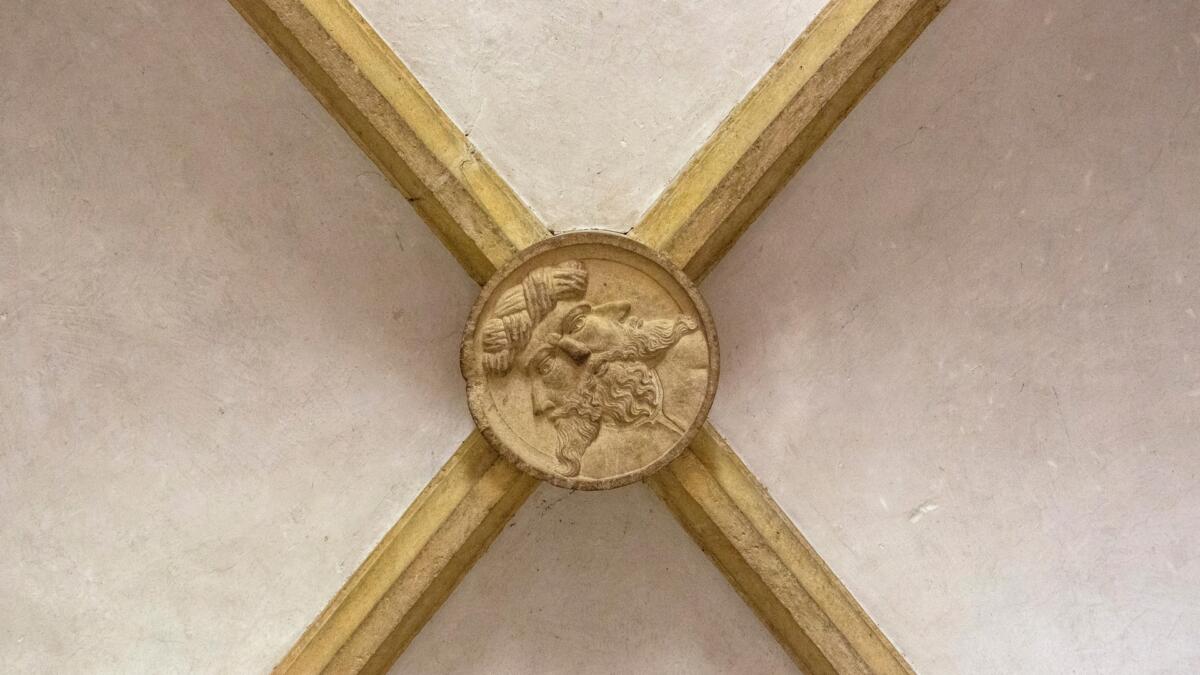
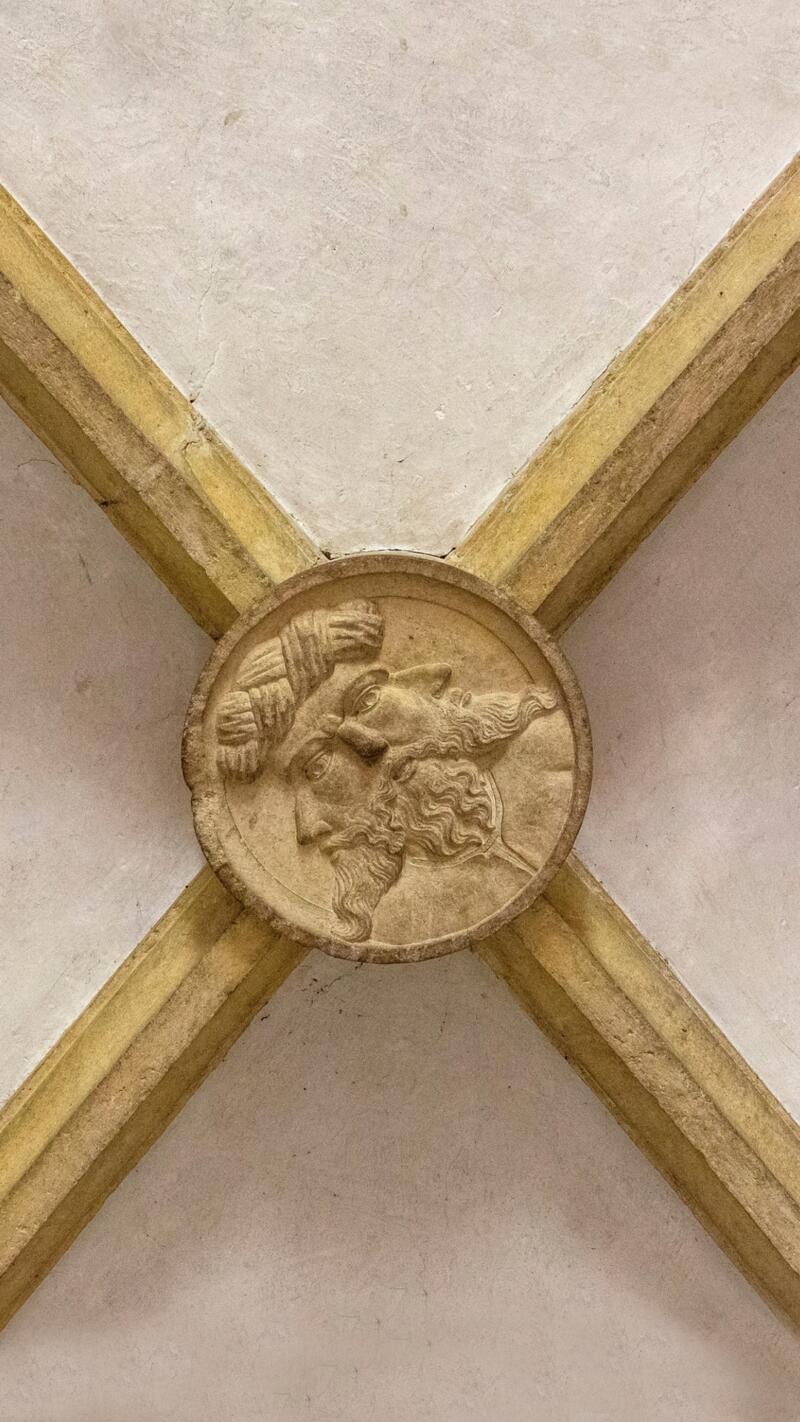
This stonework is inside the Knights Templar church in Tomar, Portugal−Convento de Cristo, also known as the Covenant of the Order of Christ. It shows what may be considered symbolism of Baphomet, which is a term originally used to describe a deity that the Knights Templar were accused of worshipping, linking them to occult and mystical traditions. (Hans Blossey/Alamy Stock Photo)

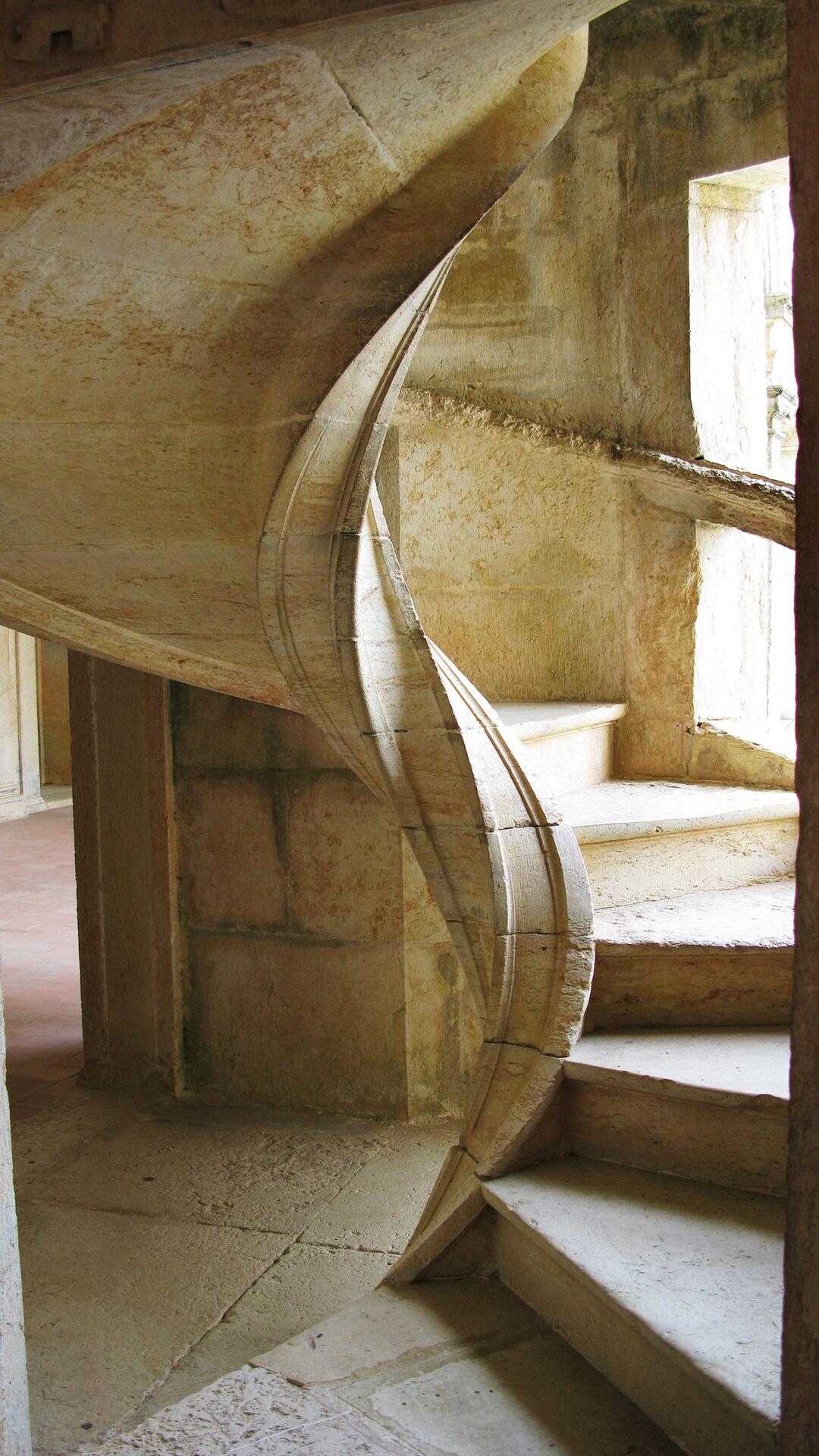
The Convent of the Order of Christ underwent changes over the course of five centuries at the hands of various inspired builders. The castle of the Knights Templar of Tomar was built by Gualdim Pais, provincial Master of the Order of the Temple, around 1160. Later that century, the castle was chosen as the headquarters of the Portuguese Templars. (Paulo Amorim/VW Pics/UIG vis Getty Images)
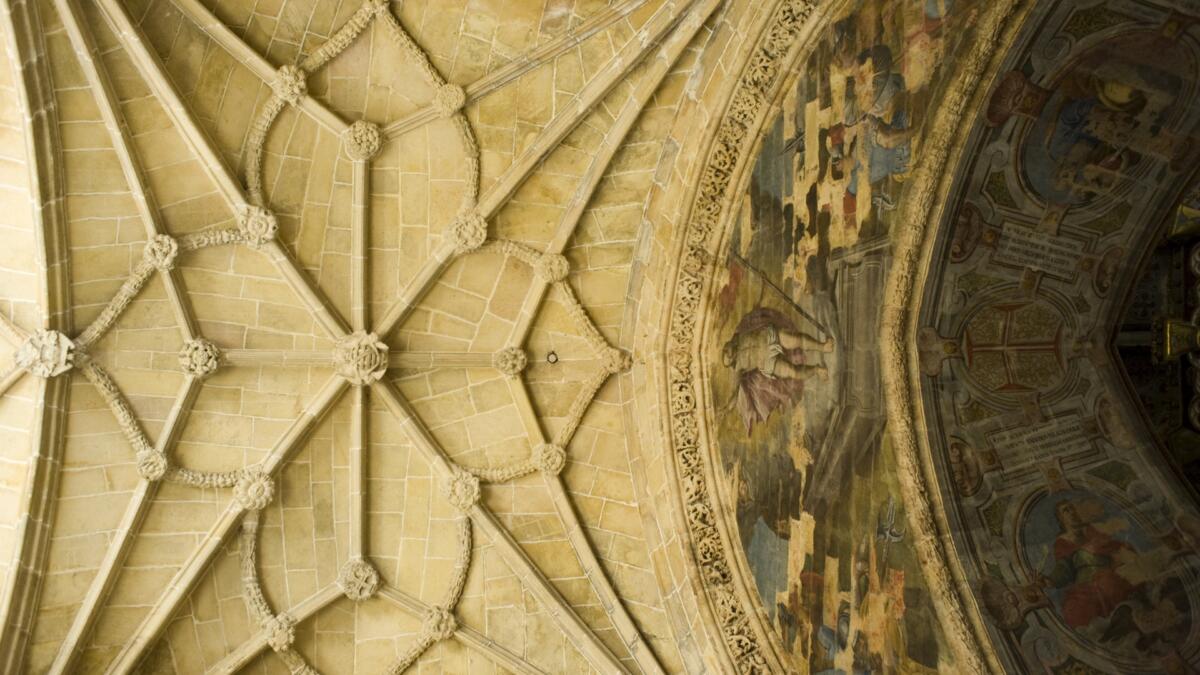

A detail of the vaulted roof inside the magnificent Church of the Covenant of Christ. Over centuries, the architecture and art of this magnificent monument was expanded and it is now one of the the most important tourist attractions in Portugal and has been named a world heritage site by UNESCO. (Peter Charlesworth/LightRocket via Getty Images)



